Ghost Trees
Arnold Arboretum of Harvard University, Boston, USA (2024)
In 1995, a cork tree (Phellodendron amurense) affectionately known as “Corky” fell in the Arnold Arboretum in Boston, Massachusetts under the weight of a group of schoolchildren—all of which unharmed—while posing for a picture. The cork tree was the only tree that was allowed to be climbed on in the Arboretum’s history; since the plants are recorded, documented and photographed as an accession in a living collection, they are not to be clambered on. In the three decades that followed Corky’s demise—or more technically, it’s deaccessioning from the collection—a generation of locals and schoolchildren have only had the opportunity to revisit the tree through images. In 2024, as part of an augmented-reality exhibition commissioned by the Arnold Arboretum, the tree was digitally recreated based on images from across its lifetime into a digital model to preserve the social history it represented.
Ghost Trees allows arboretum-goers to revisit five deaccessioned — or dead — trees in full summer foliage, albeit as a digital simulacrum in augmented reality. While walking through the Arnold Arboretum, visitors encounter five signs in the places where wood plants once stood: a cork tree, a winterberry holly bush, a beech tree, an elm tree, and a crabapple tree. Each plant was deaccessioned for different reasons, including human-induced damage, considerations of other iconic trees in the landscape, storm damage, pests and disease. At the site of each tree, visitors can place the AR tree to view what they would have once looked like, and reflect on what it means to curate a living collection as well as the lifetime of trees and our social relationships that form around them.
Thank you to the Arnold Arboretum for this opportunity, and a special thank you to Sarah Nechamen of the Arnold Arboretum for the conceptual and design collaboration, as well as for the endless support to make the work possible and accessible to viewers. You may explore the work on the Arboretum’s website, as well as download a PDF version of the map.
A recorded talk on a panel discussing the project is available through the Arboretum’s website, titled “Glass, Dried, and Digitized: Preserving Plants for Science and Art” (June 2024). The project has been featured in both the book and exhibition cover me softly (2024). Further press forthcoming.
Arnold Arboretum of Harvard University, Boston, USA (2024)
In 1995, a cork tree (Phellodendron amurense) affectionately known as “Corky” fell in the Arnold Arboretum in Boston, Massachusetts under the weight of a group of schoolchildren—all of which unharmed—while posing for a picture. The cork tree was the only tree that was allowed to be climbed on in the Arboretum’s history; since the plants are recorded, documented and photographed as an accession in a living collection, they are not to be clambered on. In the three decades that followed Corky’s demise—or more technically, it’s deaccessioning from the collection—a generation of locals and schoolchildren have only had the opportunity to revisit the tree through images. In 2024, as part of an augmented-reality exhibition commissioned by the Arnold Arboretum, the tree was digitally recreated based on images from across its lifetime into a digital model to preserve the social history it represented.
Ghost Trees allows arboretum-goers to revisit five deaccessioned — or dead — trees in full summer foliage, albeit as a digital simulacrum in augmented reality. While walking through the Arnold Arboretum, visitors encounter five signs in the places where wood plants once stood: a cork tree, a winterberry holly bush, a beech tree, an elm tree, and a crabapple tree. Each plant was deaccessioned for different reasons, including human-induced damage, considerations of other iconic trees in the landscape, storm damage, pests and disease. At the site of each tree, visitors can place the AR tree to view what they would have once looked like, and reflect on what it means to curate a living collection as well as the lifetime of trees and our social relationships that form around them.
Thank you to the Arnold Arboretum for this opportunity, and a special thank you to Sarah Nechamen of the Arnold Arboretum for the conceptual and design collaboration, as well as for the endless support to make the work possible and accessible to viewers. You may explore the work on the Arboretum’s website, as well as download a PDF version of the map.
A recorded talk on a panel discussing the project is available through the Arboretum’s website, titled “Glass, Dried, and Digitized: Preserving Plants for Science and Art” (June 2024). The project has been featured in both the book and exhibition cover me softly (2024). Further press forthcoming.
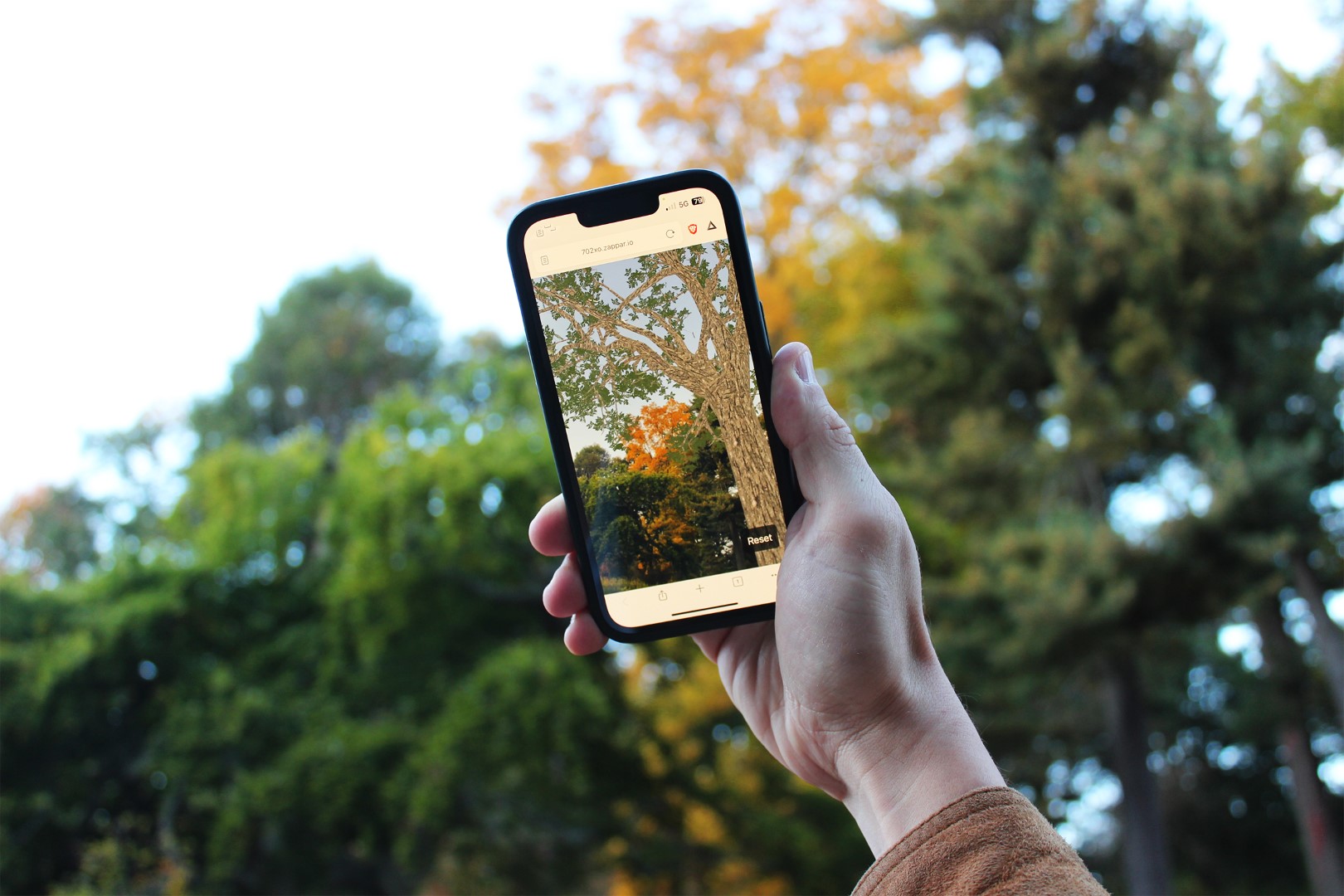

Corky,
Phellodendron amurense

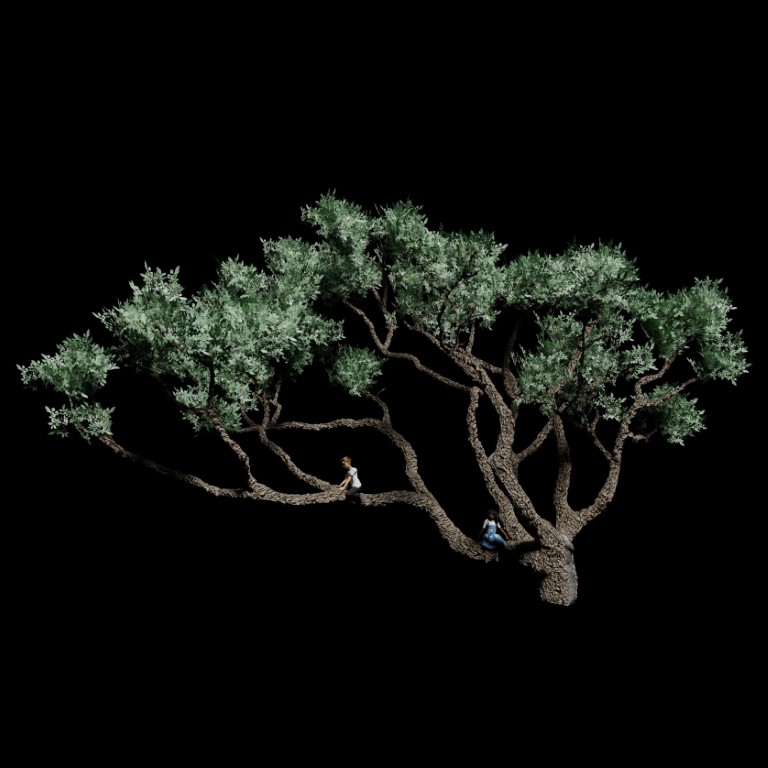

Beech, Fagus sylvatica



Crabapple, Malus ‘Donald Wyman’
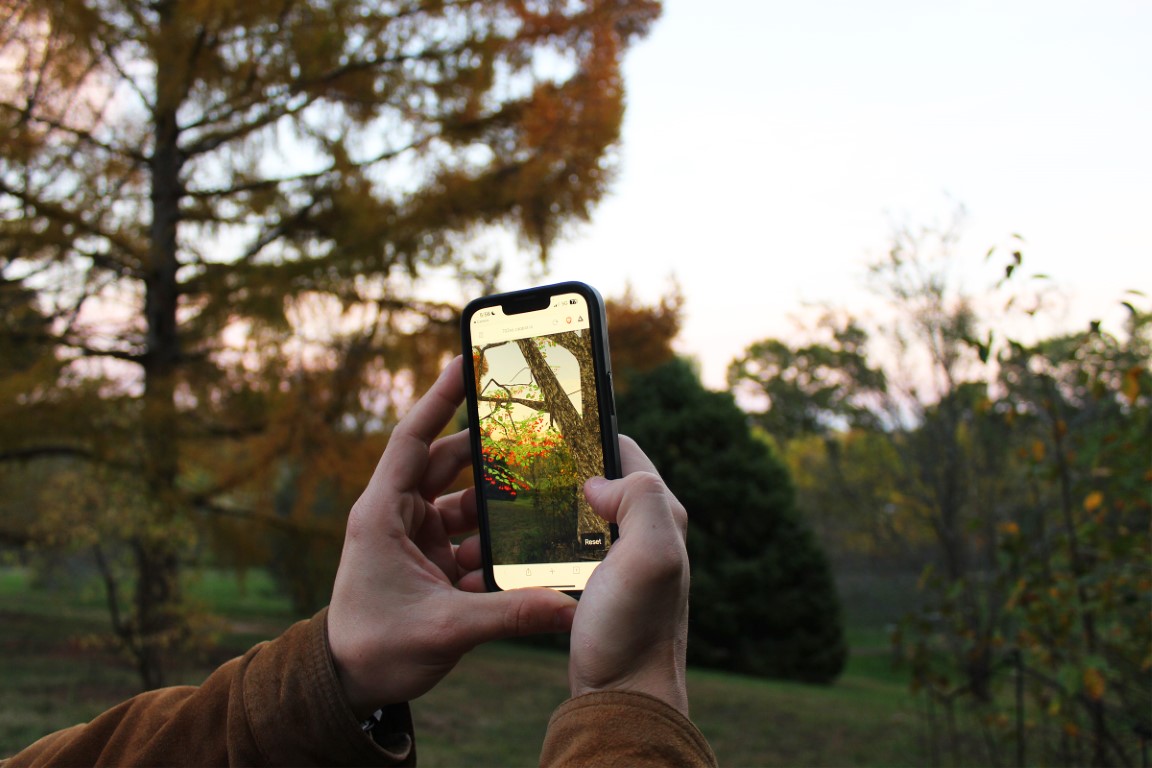


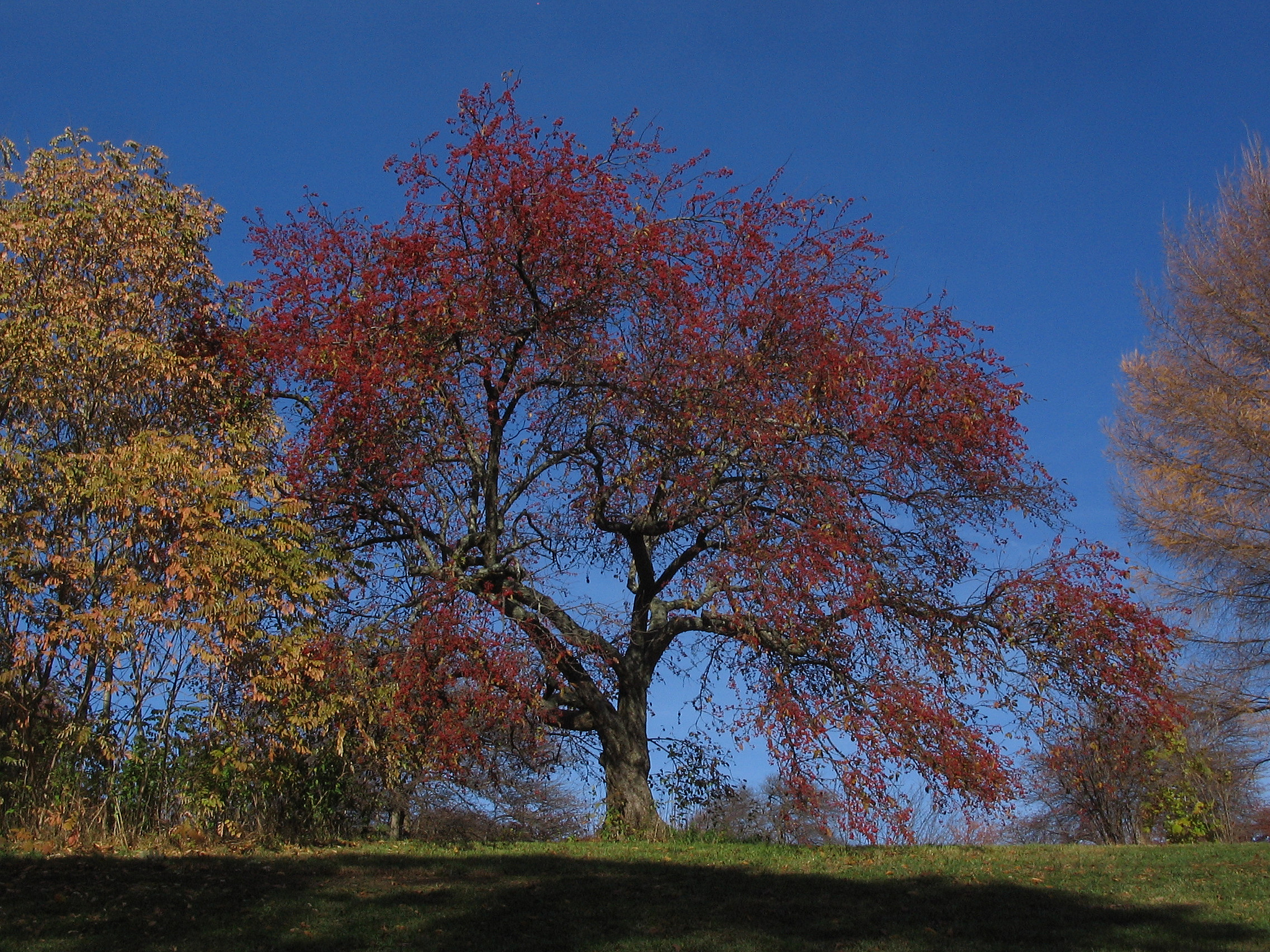
Elm, Ulmus americana
![]()
![]()
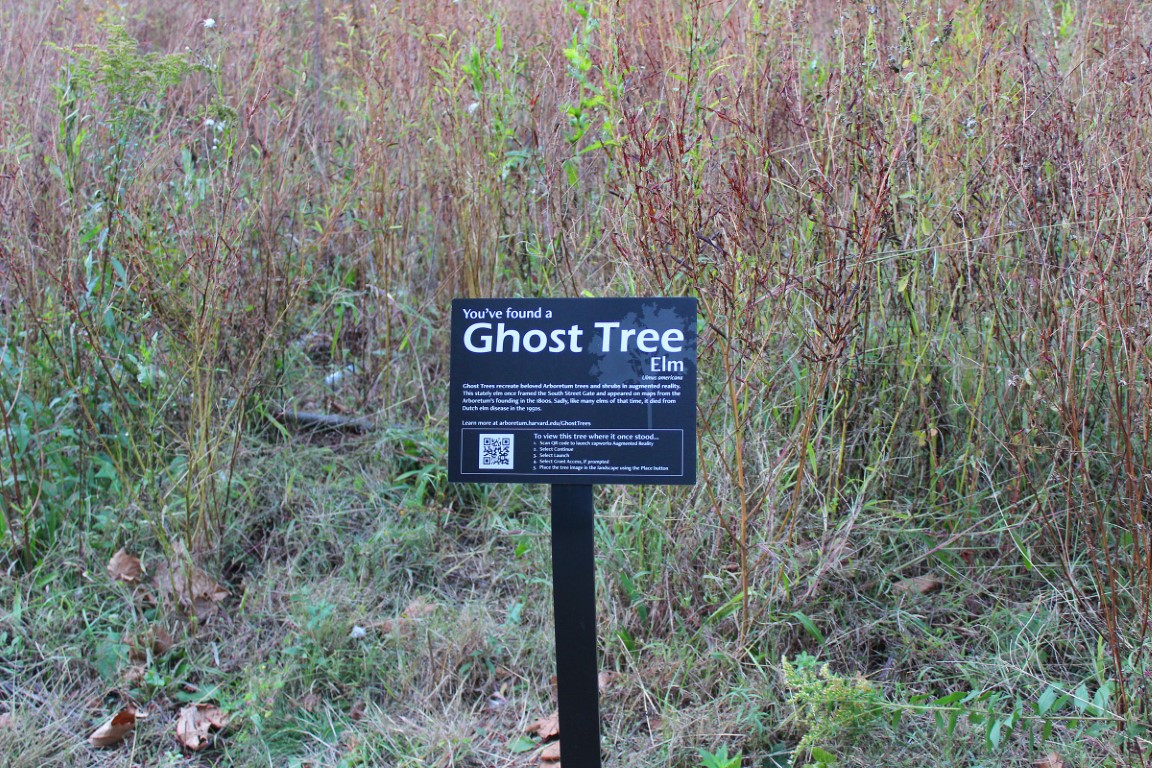

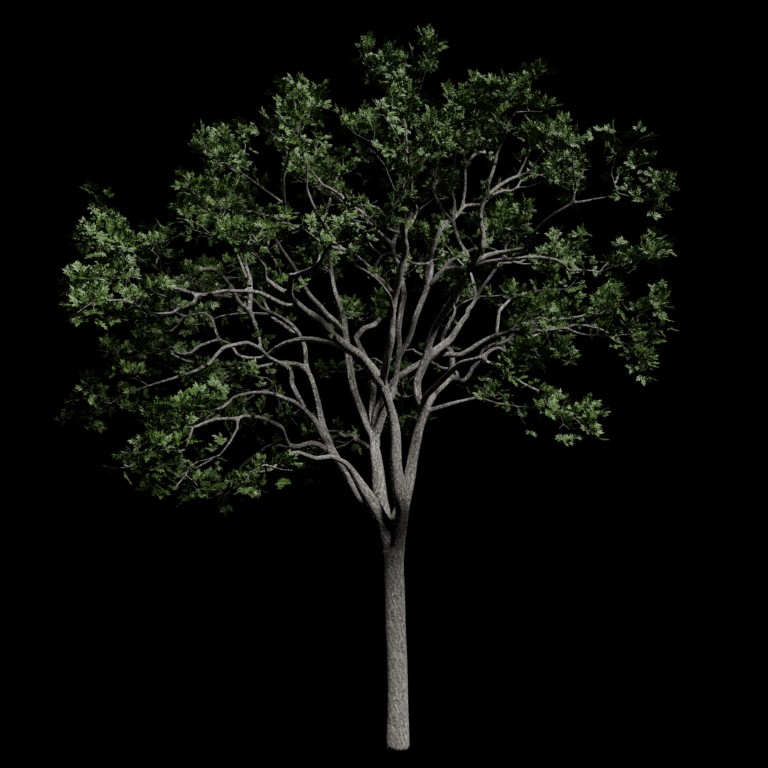
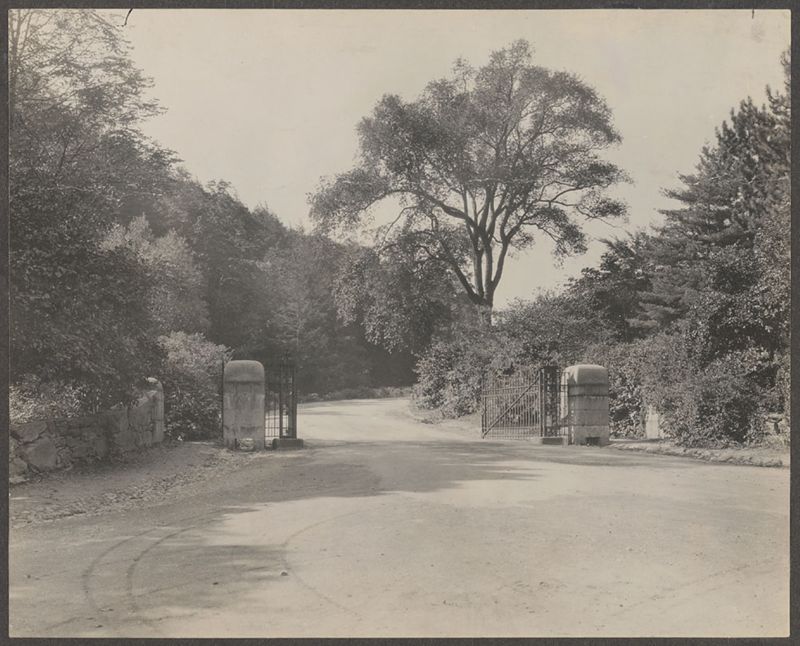
Winterberry Holly, Ilex verticillata


